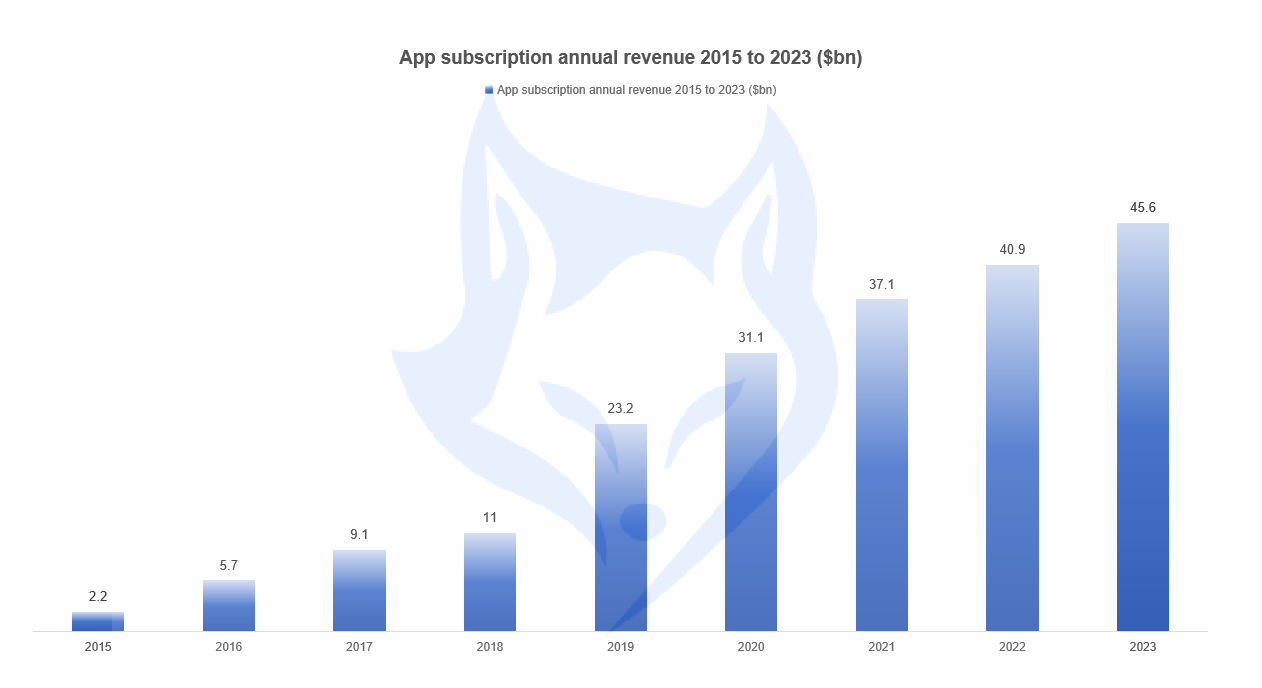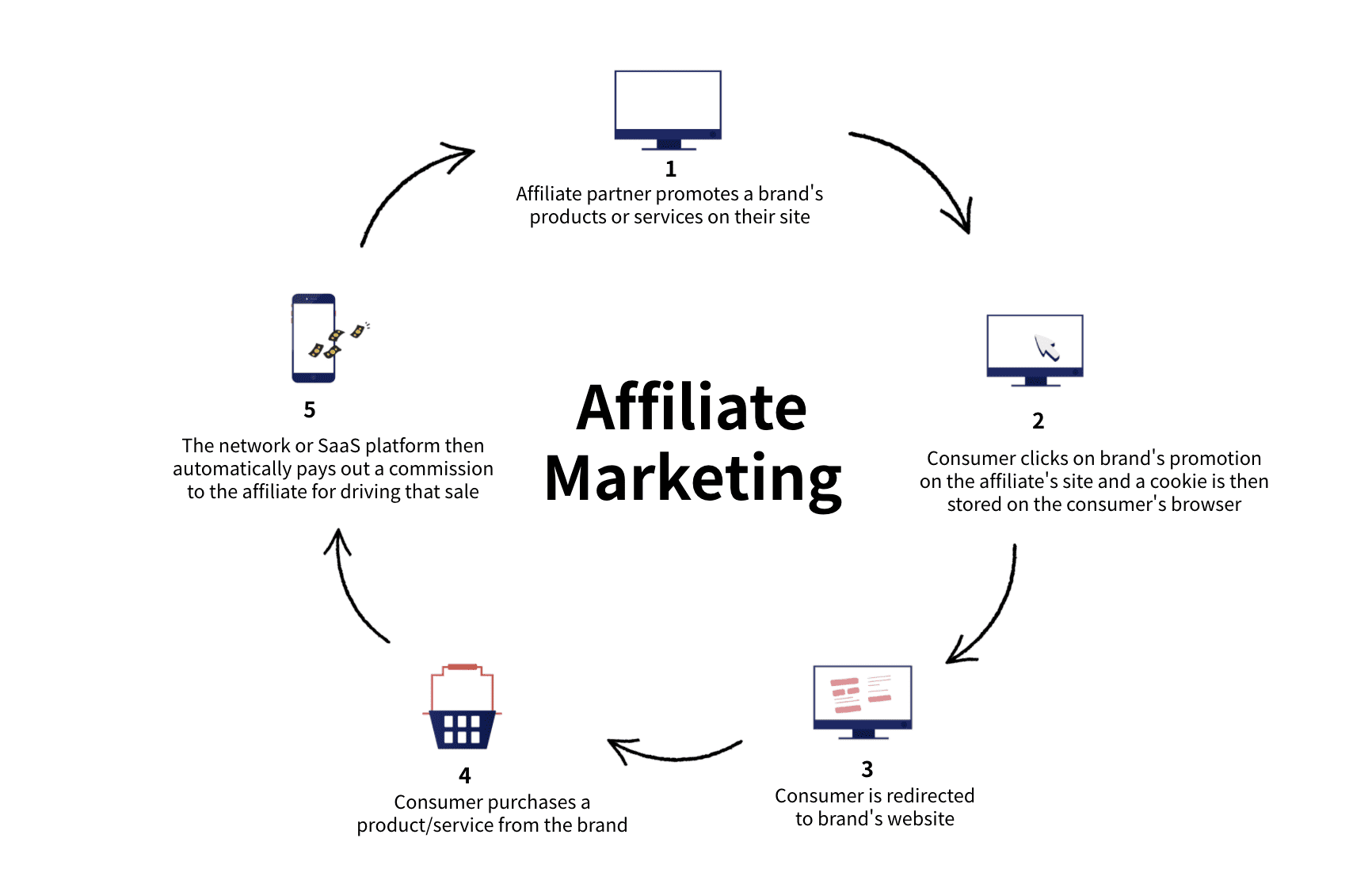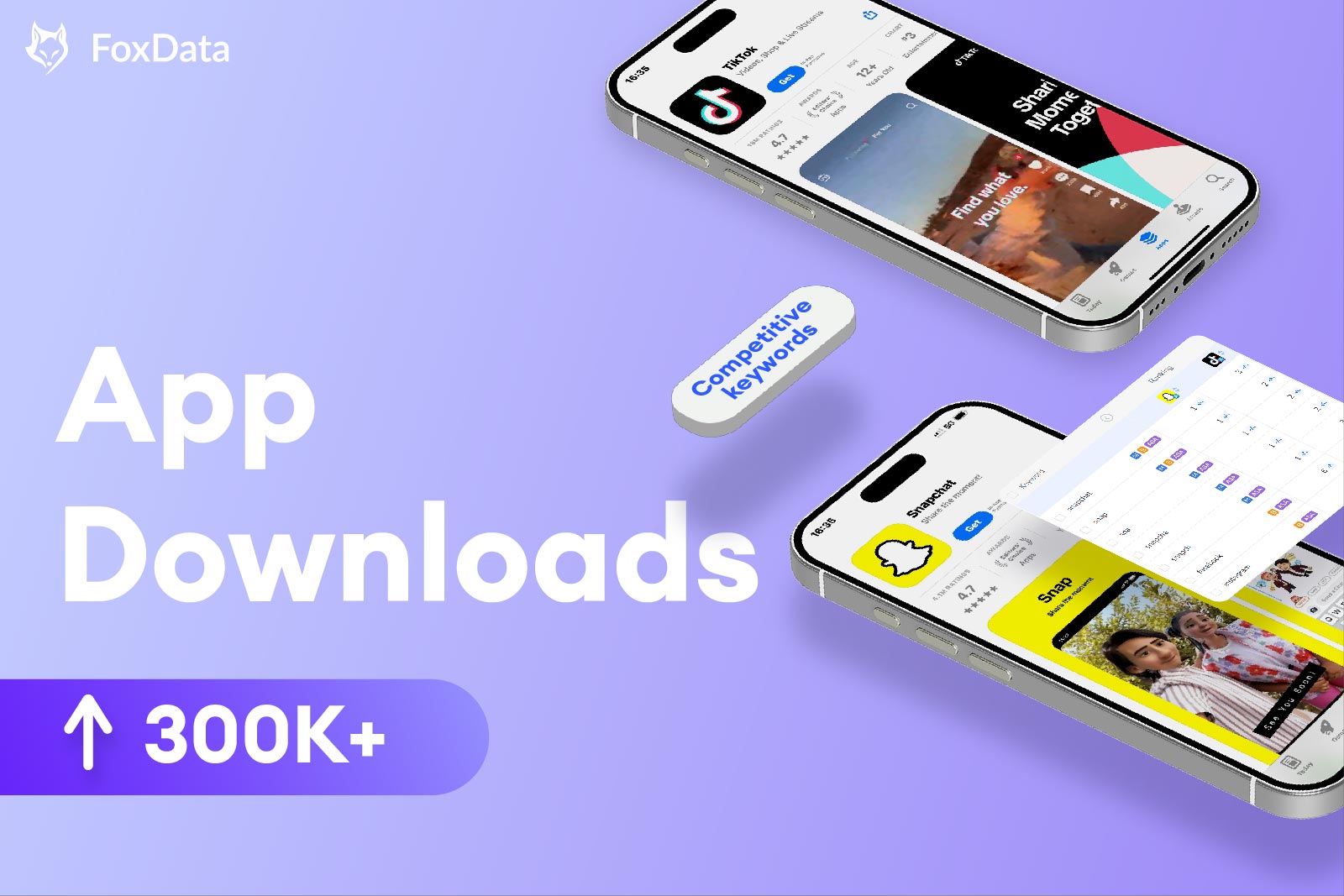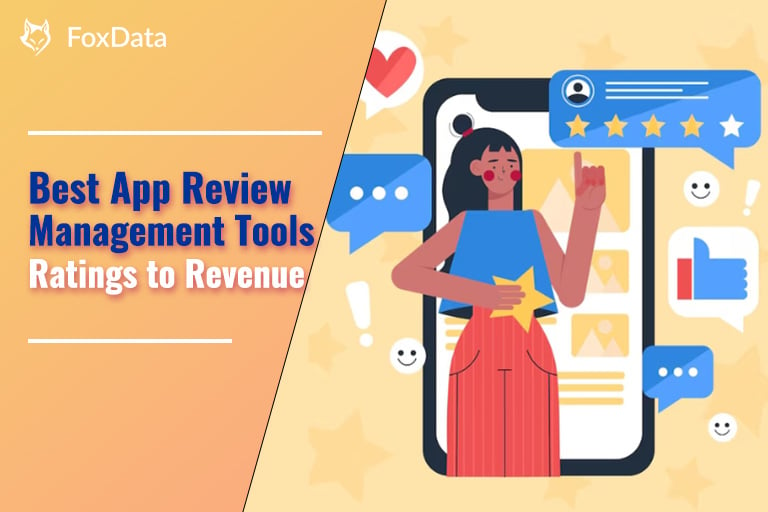How to Monetize Your Mobile App in 2024?

Apps primarily serve two crucial functions for publishers: expanding audience reach and generating revenue. While most publishers effectively use apps to increase visibility, mastering app monetization often proves more challenging.
In this blog, the app monetization experts at FoxData provide insights into 8 popular app monetization strategies that could potentially enhance your app's revenue capabilities.
1. Monetizing Your App with a Download Fee
When venturing into the mobile app market, many publishers initially consider a straightforward monetization strategy: charging a download fee. This approach can generate significant revenue if the app offers unique, high-value content that users cannot easily find elsewhere. However, the effectiveness of this strategy often depends on the exclusivity and allure of the content provided. For apps that deliver a unique gaming experience or specialized utility, charging a download fee may be a viable option.
2. App Subscription Model
An alternative and increasingly popular monetization strategy is the subscription model. Instead of a one-time fee, this model involves charging users a recurring fee (monthly or annually) to access the app. The subscription model has proven its worth, with app revenue from subscriptions reaching $45.6 billion in 2023, an 11.4% increase on the previous year.
Both monetization strategies have their merits and can be effective depending on the app's content, target audience, and overall goals. Choosing the right approach requires a careful assessment of the app's unique value proposition and market demand.
3. Freemium Model
The freemium model is a hybrid approach that combines elements of free access with premium monetization strategies. This model allows users to download and use the basic functionalities of an app for free, but charges for advanced features or an ad-free experience. Users can either pay a one-time fee for permanent access to premium features or opt for a subscription model that requires periodic payments.
A typical example of this strategy is an app that's free to download and use, but offers an in-app purchase to remove ads. This not only provides a free service to casual users but also monetizes those who prefer a premium experience without interruptions.

Save up to 50% on FoxData plans from Nov. 21 to Dec. 8 and power up your app growth.
4. In-App Advertising
In-app advertising is another effective way to generate revenue from your app. This method involves displaying various types of ads within your app, which can include:
-
Banner Ads: These are static or animated ads displayed at the top or bottom of the app interface. They are less intrusive and can be targeted based on user data and preferences.
-
Video Ads: These can be placed within the app's content stream (in-stream) or pop up at natural pauses (out-stream), providing a significant source of revenue.
-
Native Ads: Designed to blend in with the app's content, native ads offer a seamless advertising experience that can mimic the look and feel of the app's design.
-
Interstitial Ads: These are full-screen ads that appear during transitions within the app, such as between levels in a game or loading screens.
-
Rewarded Ads: Popular in gaming apps, these ads offer users a reward, such as an extra life or bonus points, in exchange for watching an ad.
-
Gamified Ads: These are interactive ads that engage users through game-like elements, enhancing interaction and potentially increasing conversion rates.
When implementing in-app advertising, it is crucial to balance monetization with user experience to avoid intrusive ads that could detract from user satisfaction.
5. Affiliate Marketing
Affiliate marketing is a versatile and effective monetization strategy for mobile apps. It involves promoting other products or apps within your app, which can be executed in two primary ways:
-
Partnering with Companies: Collaborate with companies that have established affiliate programs. By integrating specialized affiliate links in your app's content or advertisements, you can earn a commission when users click these links, visit the company's website, and make a purchase.
-
Promoting App Downloads: Leverage affiliate programs offered by major app stores like Apple, Google, and Windows. These programs track when a user downloads another app after clicking an ad within your app, compensating you for each download initiated from your app.
Successful affiliate marketing relies on having a substantial and engaged user base that trusts your recommendations, making it crucial to build and maintain credibility with your audience.

6. In-App Purchases
In-app purchases provide another robust avenue for monetization, allowing you to sell both tangible and intangible items directly within your app. This strategy is not limited to apps that sell physical goods but is also effective for apps offering digital products or enhancements. Here are ways to implement in-app purchases:
- Offer Exclusive Products: Introduce products related to your app's theme or brand, which could range from merchandise to digital content.
- Sell Virtual Goods: Include options for users to buy virtual items such as in-app currency, extra lives, or special abilities, enhancing their app experience.
Both affiliate marketing and in-app purchases are powerful strategies that can be tailored to fit different types of apps and user demographics, providing flexibility in how you generate revenue from your app.
7. App Data Monetization
In the evolving digital landscape, first-party data—information about your users such as demographics and behaviors within your app—is becoming increasingly valuable. Advertisers are particularly keen on this data as it enables them to target audiences more effectively. This demand is expected to grow further as reliance on third-party cookies decreases, making first-party data a critical element in app monetization strategies moving forward.
However, data monetization is most effective for apps with a large and active user base.
👏Expert Tips: The more extensive and engaged the user data, the more valuable it is to potential advertisers. If your app is still growing and does not yet have substantial user activity, focusing on building your user base should be a priority before heavily investing in data monetization strategies.
8. App Transaction Fees
Transaction fees are a specific monetization strategy best suited for apps operating as online marketplaces. In this model, the app developer takes a percentage of each transaction conducted within the app. This approach is prevalent in apps where users buy or sell goods or services, including financial applications such as cryptocurrency and investment platforms, where a fee is charged for each transaction made.
Apps that facilitate these kinds of transactions need to ensure a seamless, secure, and efficient process to maintain trust and reliability among their users, thereby encouraging more frequent transactions which in turn can increase revenue from these fees.
If you are looking to enhance your app's revenue potential, consider discussing your monetization options with seasoned professionals who can offer insights and guidance tailored to your app's unique needs and market dynamics. Whether you are exploring data monetization, transaction fees, or other strategies, expert advice can significantly boost your chances of success.
FoxData's sub-brand, FoxAdvert, provides advertisers with diversified traffic growth and monetization solutions.
Partner with FoxAdvert to fuel your brand's potential in Google, social, and app markets, and ignite your revenue growth with our data-driven solutions.






